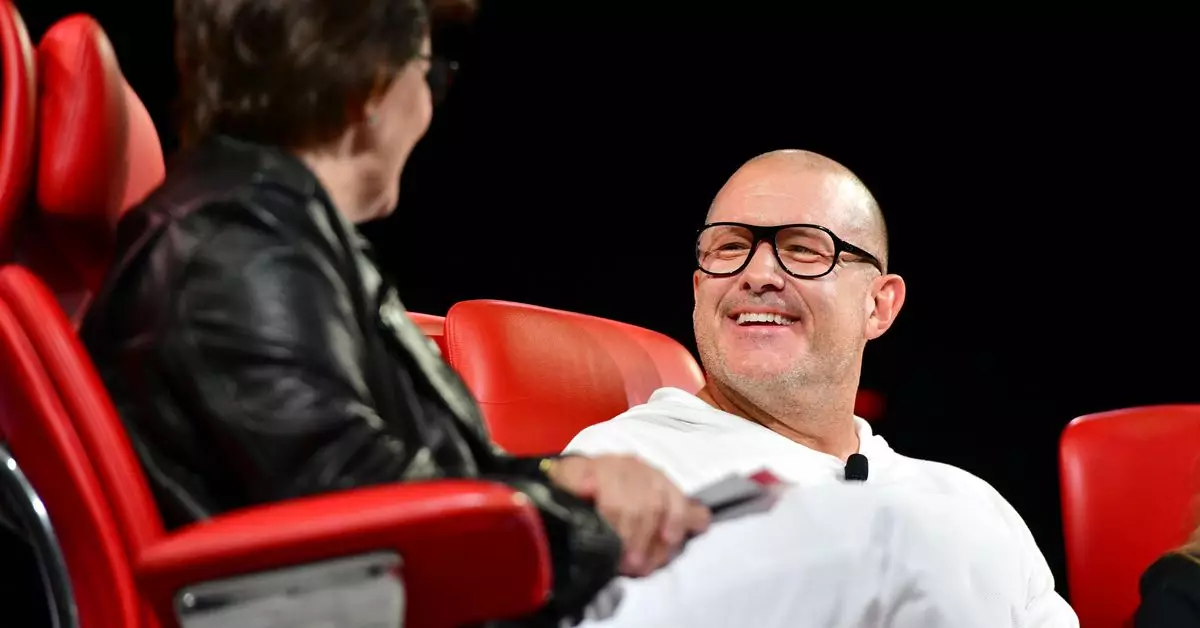In a fascinating development within the tech landscape, renowned designer Jony Ive has confirmed his partnership with Sam Altman, CEO of OpenAI, to embark on an innovative hardware project. This venture was first hinted at a year ago and has finally gained traction, revealing its ambition to reshape the user experience through a fresh lens of computer design. Their collaboration, which reportedly emerged through mutual connections, particularly Brian Chesky, the CEO of Airbnb, has sparked considerable intrigue in both design and tech circles.
The backing for this project comes from both Jony Ive and the Emerson Collective, an organization led by Laurene Powell Jobs. It’s anticipated that the initiative could garner up to $1 billion in funding by the year’s end—a reflection of the high stakes associated with innovation in tech. Currently staffed by just ten employees, the team includes notable figures like Tang Tan and Evans Hankey, both of whom have significant experience gained from their work on the iPhone under Ive’s leadership. This tight-knit assembly hints at a focused and agile approach to product development—a sharp contrast to the sprawling teams typically seen in large tech corporations.
While specific details about the device remain scarce, rumors suggest that it may draw inspiration from the touchscreen technology that revolutionized communication with the original iPhone. This connection is a testament to Ive’s enduring influence on the industry and the potential of the new device to blend aesthetic sensibility with cutting-edge functionality. The project is said to leverage advancements in generative AI, which can provide enhanced capabilities beyond traditional software. The idea that an AI-driven device could summarize messages or recognize objects highlights a transformative shift in the role of computing technology in everyday life.
Interestingly, this announcement resonates with a broader trend in the tech world that encapsulates the increasing intersection between AI and hardware innovation. The notion of a computing device that can intuitively manage complex requests—like travel bookings or personalized information sorting—underscores an evolution in how we interact with technology. This aligns with ongoing discussions in the tech community about the potential for AI to redefine user interfaces and the nature of user engagement.
As the details continue to unfold, the excitement surrounding this collaboration grows. There is a strong indication that this project could pioneer a new direction in computing, integrating human-centric design principles with the unpredictable, yet promising capabilities of AI. However, it is essential to remain cautious, as the timeline for unveiling more information is still uncertain. For now, the tech world watches intently, eager for a glimpse of what could be a watershed moment in hardware design, driven by the minds of Jony Ive and Sam Altman. This partnership not only embodies a melding of worlds—design and generative AI—but also reflects the ongoing quest for a more cohesive and responsive technology that enriches everyday life.

